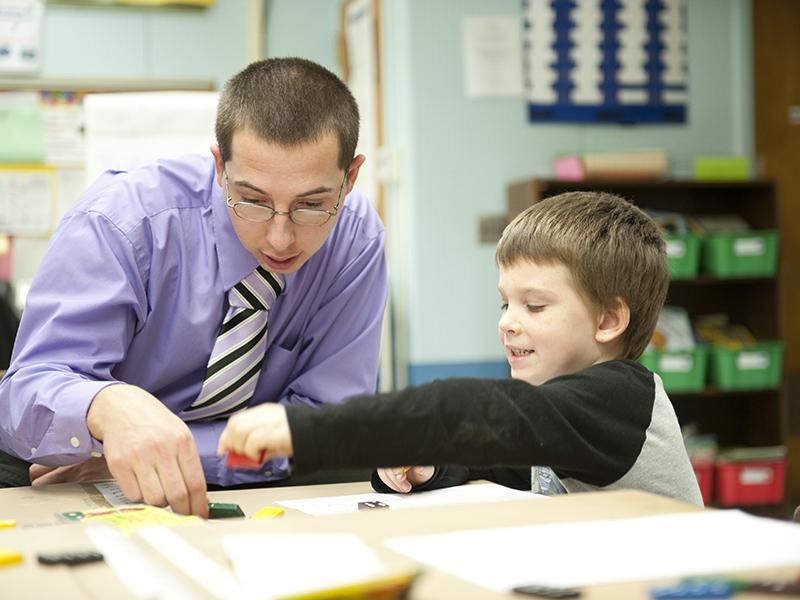Strategies for effective co-teaching in special education settings

Co-teaching is an effective practice that involves two or more educators working together to plan, teach, and assess students with diverse learning needs in the same classroom. In special education settings, co-teaching can be particularly beneficial as it allows for a more personalized and inclusive learning environment. However, effective co-teaching requires careful planning, communication, and collaboration between teachers. Here are some strategies for effective co-teaching in special education settings:

1. Clearly define roles and responsibilities
Co-teaching partners should have a clear understanding of their roles and responsibilities in the classroom. This can be achieved through open communication and mutual agreement. For example, one teacher may take the lead in delivering instruction while the other provides support and accommodations for students with disabilities. Alternatively, teachers may take turns leading instruction and providing support. Regardless of the approach, it is important to establish clear guidelines and expectations for each teacher’s role in the classroom.
2. Use a variety of co-teaching models
There are several co-teaching models that can be used in special education settings, including team teaching, parallel teaching, station teaching, and alternative teaching. Each model has its own strengths and weaknesses, and the choice of model should be based on the students’ learning needs and the teachers’ strengths. For example, team teaching may be effective for addressing diverse learning needs, while parallel teaching may be useful for providing individualized attention to students.
3. Collaborate on lesson planning and instruction
Co-teachers should collaborate on lesson planning and instruction to ensure that all students’ needs are met. This may involve brainstorming ideas, sharing resources, and modifying instruction to accommodate different learning styles and abilities. Co-teachers should also work together to assess student progress and adjust instruction as needed.
4. Develop positive relationships with students
Co-teachers should strive to develop positive relationships with all students in the classroom, including those with disabilities. This can be achieved through active listening, empathy, and respect for students’ diverse backgrounds and experiences. Teachers should also provide opportunities for students to collaborate and work together, which can help build a sense of community and belonging in the classroom.
5. Communicate regularly with parents and other stakeholders
Effective co-teaching requires open communication and collaboration with parents, administrators, and other stakeholders. Co-teachers should communicate regularly with parents about their child’s progress and any accommodations or modifications that are being made. Teachers should also seek feedback and input from stakeholders to ensure that the co-teaching model is effective and meeting students’ needs.
Co-teaching can be a powerful tool for promoting inclusive and personalized learning in special education settings. However, it requires careful planning, communication, and collaboration between teachers. By clearly defining roles and responsibilities, using a variety of co-teaching models, collaborating on lesson planning and instruction, developing positive relationships with students, and communicating regularly with parents and other stakeholders, co-teachers can create a supportive and effective learning environment for all students.


















